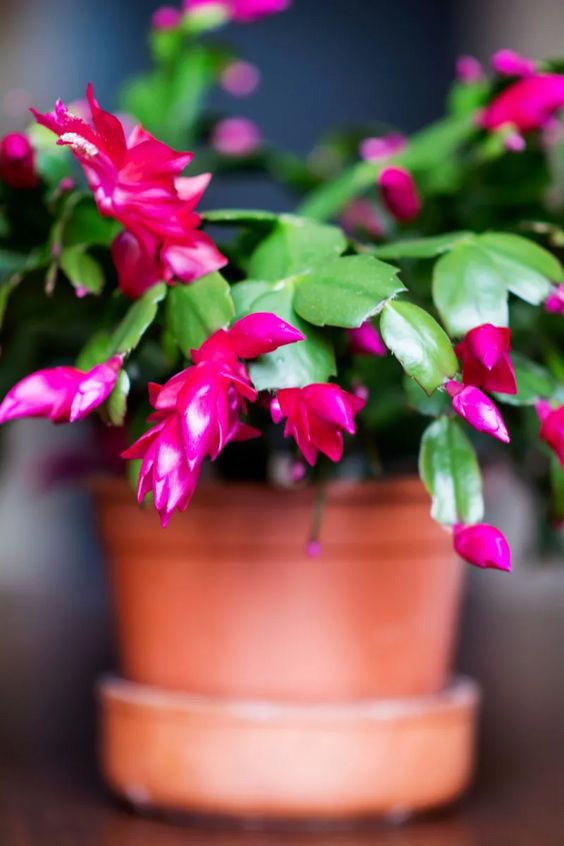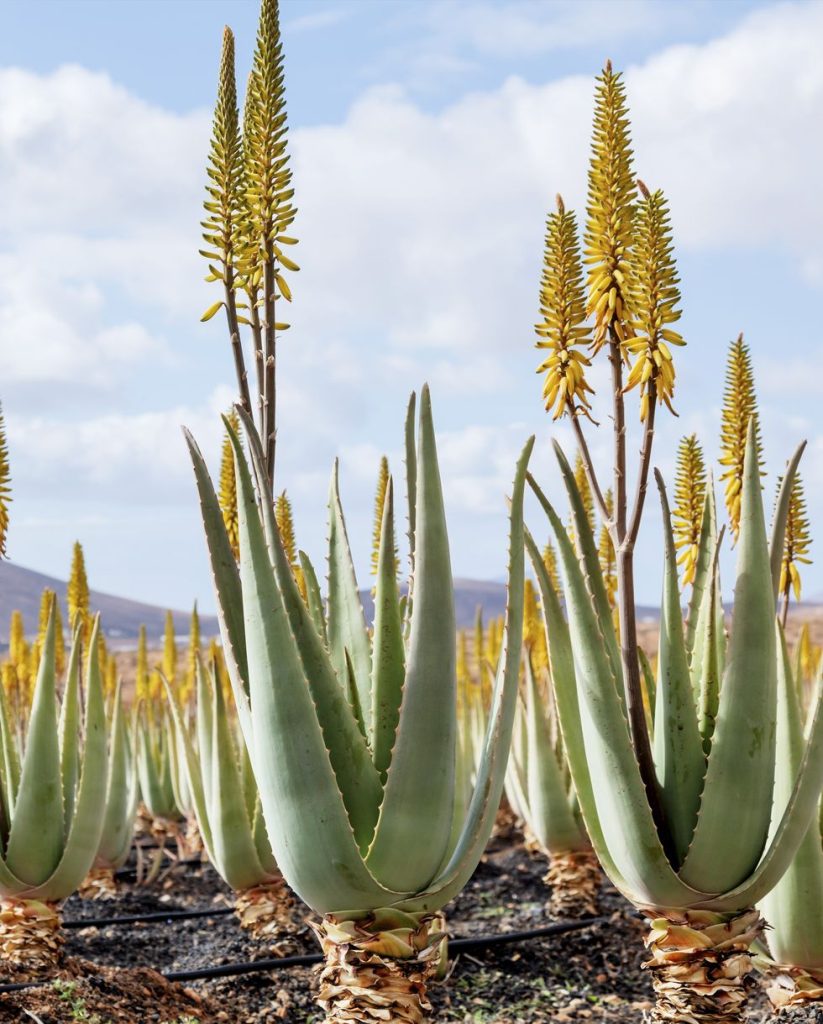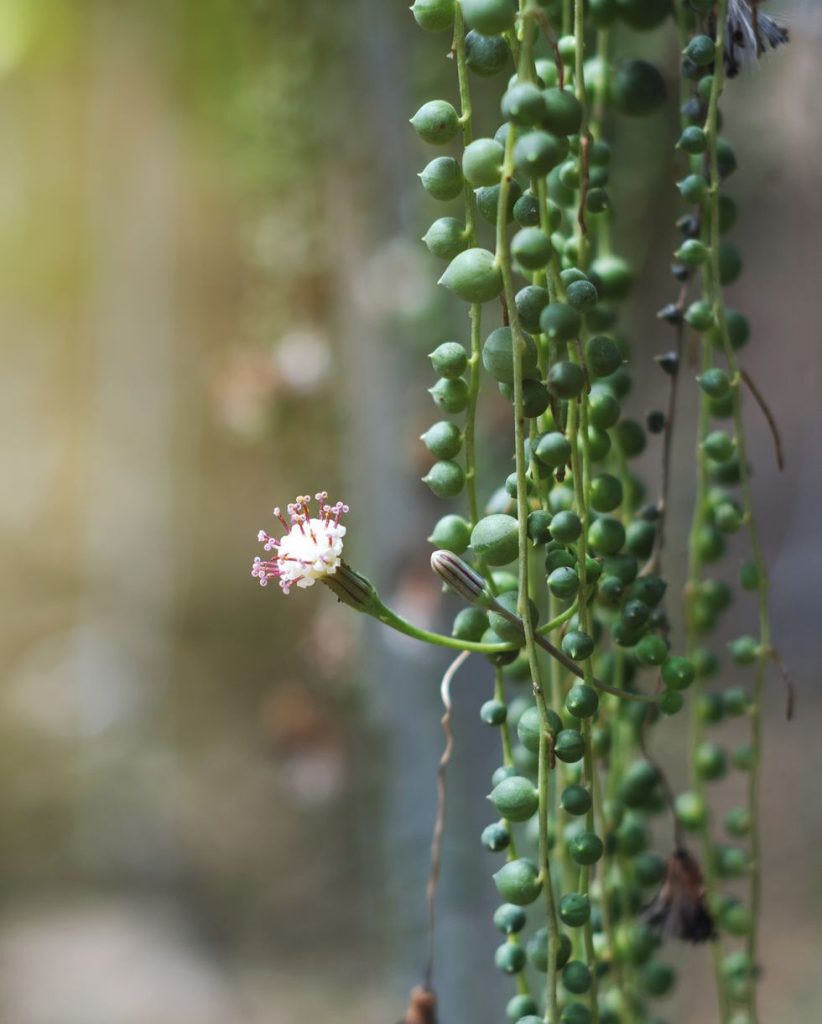
Succulents are available in a variety of textures, sizes, and shapes. They are one-of-a-kind plants that can be grown both indoors and outdoors in your garden.
Many have eye-catching flowers, making them even more appealing to grow. They don’t need to be watered as frequently as other plants because their fleshy leaves, stems, and roots retain moisture. If you water succulents too frequently, they will quickly turn to mush. You only need to water succulents when the soil is mostly dry. Stick your finger in the ground before watering; if it feels damp and the soil sticks to your finger, wait a few days and recheck. When it comes to these plants, it’s generally better to err on the side of too dry rather than too wet.
The biggest challenge of growing succulents is providing them with the proper conditions. They require a lot of bright light indoors, so if you don’t have enough natural light, you may need to use a grow light. Most succulents thrive in full sun, meaning six or more hours of direct sunlight daily.
Ahead, are our top favorite flowering succulents for your home and garden:
Kalanchoe

Kalanchoe is a lovely, sturdy plant with long-lasting red, pink, orange, yellow, or white flowers. Because it is challenging to rebloom, it is frequently used as a gift plant and composted after the blooms fade. Give it a lot of light and water when it’s mostly dry.
Sedum

Sedums come in many different varieties, both upright and low-growing. This pink-hued perennial rarely needs anything other than to be divided when it becomes too large for the spot. Make sure the sedum gets plenty of sunlight.
Echeveria

There are many different echeveria types, but they all have a lovely rosette shape with fleshy foliage that is tinged with teal, dove grey, green, or pink. They have long stems lined with bell-shaped blooms when they bloom. They can be grown as houseplants or in the garden in frost-free zones. This perennial prefers full sun, but if you live in a hot climate, give it some afternoon shade.
Aloe Vera

This handsome succulent is frequently grown as a houseplant. However, it can be grown in warm climates and reach 3 feet tall, producing spikes of yellow flowers. It requires full sun and cannot withstand freezing temperatures.
Old Lady Cactus

Although the name is not flattering, this cactus is one of the easiest to grow indoors. It has a rounded shape and a fuzzy texture. It produces a ring of hot pink flowers in late winter to early spring. Place it on a sunny windowsill.
Holiday Cactus

Christmas cactus (similar plants that bloom around Thanksgiving and Easter) can live for decades. They are hardy succulents that require little care. Most of the year, these plants need bright, indirect light.
To rebloom them, beginning in September, place them in a room with no nighttime light, as they require 12 to 14 hours of complete darkness to set buds.
Peanut Cactus

This adorable clumping cactus can be grown indoors or outdoors in full sun in frost-free zones. Its stems can curl up to 12 inches long and look exactly like its name. The spines are softer than other cacti, and this plant can produce bright orange flowers. Give it plenty of light.
String of Pearls

The delicate beads on this succulent resemble a pearl necklace. It produces round white flowers in the summer if given cold nights and warm days and allowed to dry out slightly—which can be difficult in most homes. Provide it with bright, indirect lighting.
Portulaca

Portulaca, also known as moss rose, is a low-growing annual that blooms every day for weeks and weeks. It is also simple to grow from seed. The delicate flowers are available in the most unique, saturated colors ranging from hot pink to deep coral. It requires full sunlight.
Marble Buttons

Its leaves combine to form a unique spherical dome with a chalky, hairless, smooth texture. In autumn, it is adorned with clove-scented yellow to golden to dark orange nocturnal flowers, which adds to its charm
Baby Toes

From late summer to fall, this clump-forming, drought-tolerant succulent produces daisy-like blooms in various colors, including purple, white, and yellow.
If you want the best blooms, ensure they get at least 3-4 hours of direct sunlight daily.


